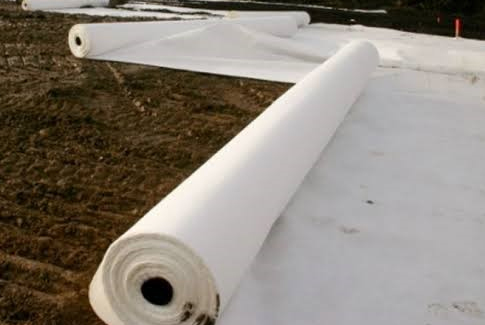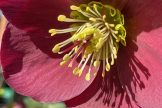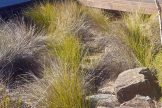
Sometimes you come across a job that involves steep slopes or banks, and these need to be stabilised correctly to ensure you don’t lose your soil and / or plants to runoff or erosion. The following information is a rough guide for installing Geotextile, the matting commonly used for stabilising slopes.
It is important to remember that sometimes banks and slopes can require more than just matting and can be quite dangerous if construction is inadequate. You need to use your judgement as a landscaper as to whether or not you need to be getting an engineer involved in the project. If you are in doubt we recommend you ALWAYS get a second opinion. Call the local council for more information.
When designing a stabilisation system for your bank there are a few considerations that need to be made to allow you to make the most appropriate choice.
You need to consider:
-
Site use
-
Gradient
-
Orientation
-
Soil structure
-
Rainfall
Site preparation
Site preparation is one of the most important steps. This will ensure the success of the work that you are carrying out while making long-term maintenance far easier. Removal of weeds is essential prior to installation. You should also remove any rubble, old tree stumps and obstructions from slope. The closer the matting can be to the soil surface the better the result will be. If there is not enough topsoil to facilitate plant growth you may need to add this as required.
Trenching
If the slope is of a gradient of 1:3 or steeper or in an area of greater water movement trenching is required. Dig a trench along the top of the slope to a minimum depth of 150 mm. Place the end of the mat into the trench and pin it down. Backfill trench with appropriate media.
Laying the Geotextile
The Geotextile comes in rolls that are 50m long and 2m wide. Roll the matting down from the top of the slope to the bottom, allowing it to follow the contours of the substrate. In sections where two rolls overlay, they should overlap each other 100 mm and be pinned every 300 mm.
Pinning
Pins should be placed a minimum rate of 3 pins per square metre in optimal conditions. In areas of unstable soil, steeper slopes or higher water runoff, a greater number of pins may be required.
Planting
Slice small slits running across the face of the slope of approximately 150 mm into the matting where plants will be placed. Remove required amount of soil from under the slit using a tool such as a Hamilton tree planter or towel and plant. Take care not to spill soil onto the mat as to prevent the spread of weed seeds.
Maintenance
To maintain the look and function of the site it is necessary to actively remove any weeds that appear, especially in the first two years of the site’s development. This will give the plants the greatest chance of survival and will promote the bank stabilisation. After the first couple of years the plants will have grown sufficiently to compete with any weeds that may appear. The site can then be treated in a similar fashion to any other garden bed and weeded in the same manner.
If the site is highly infested with weeds prior to planting it is recommended that only grasses and trees are planted to begin with. This will allow weed removal to be carried out with broadleaf selective herbicides. Once the grasses have established and the weeds have been controlled the herbaceous plants can then be planted.




